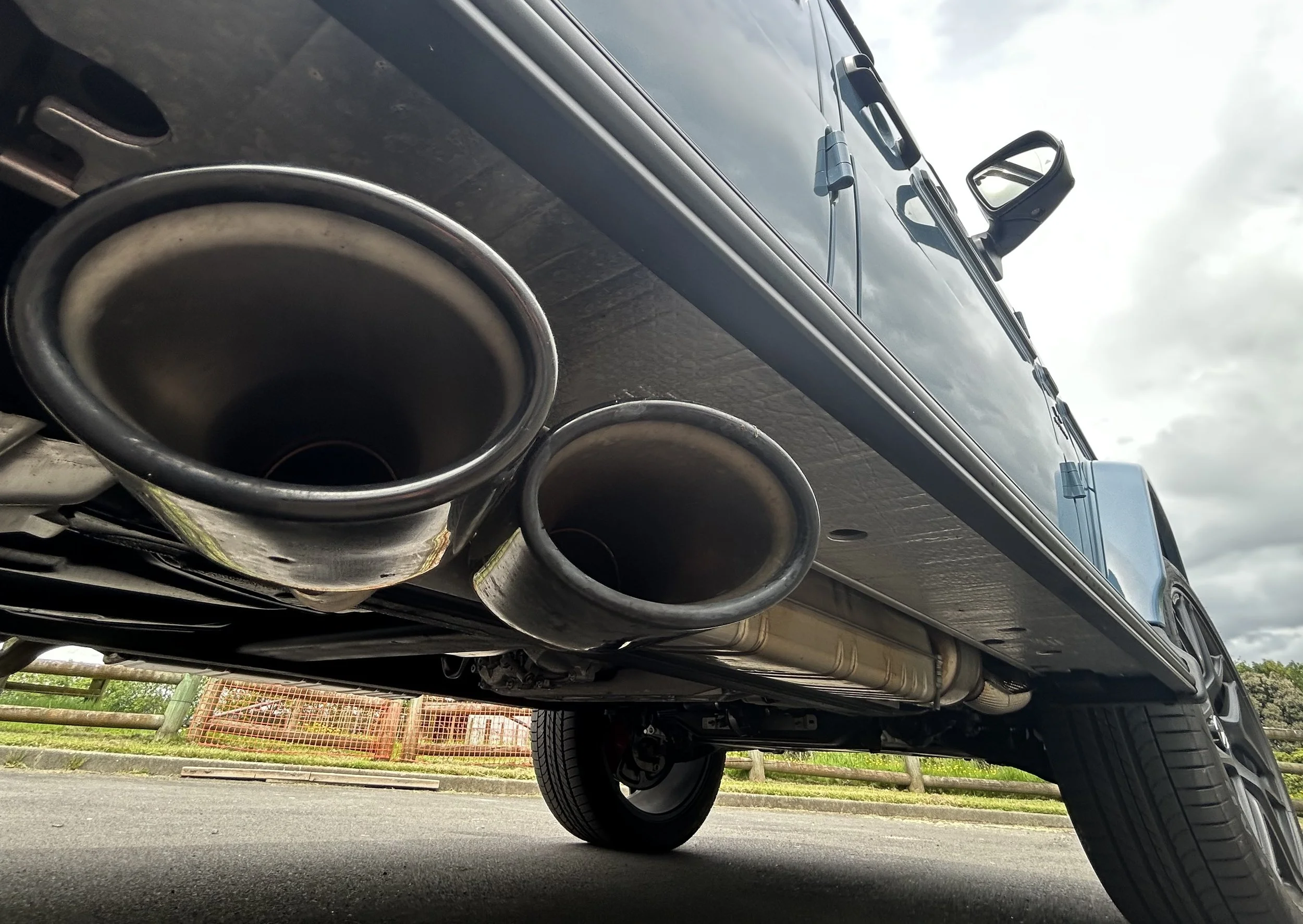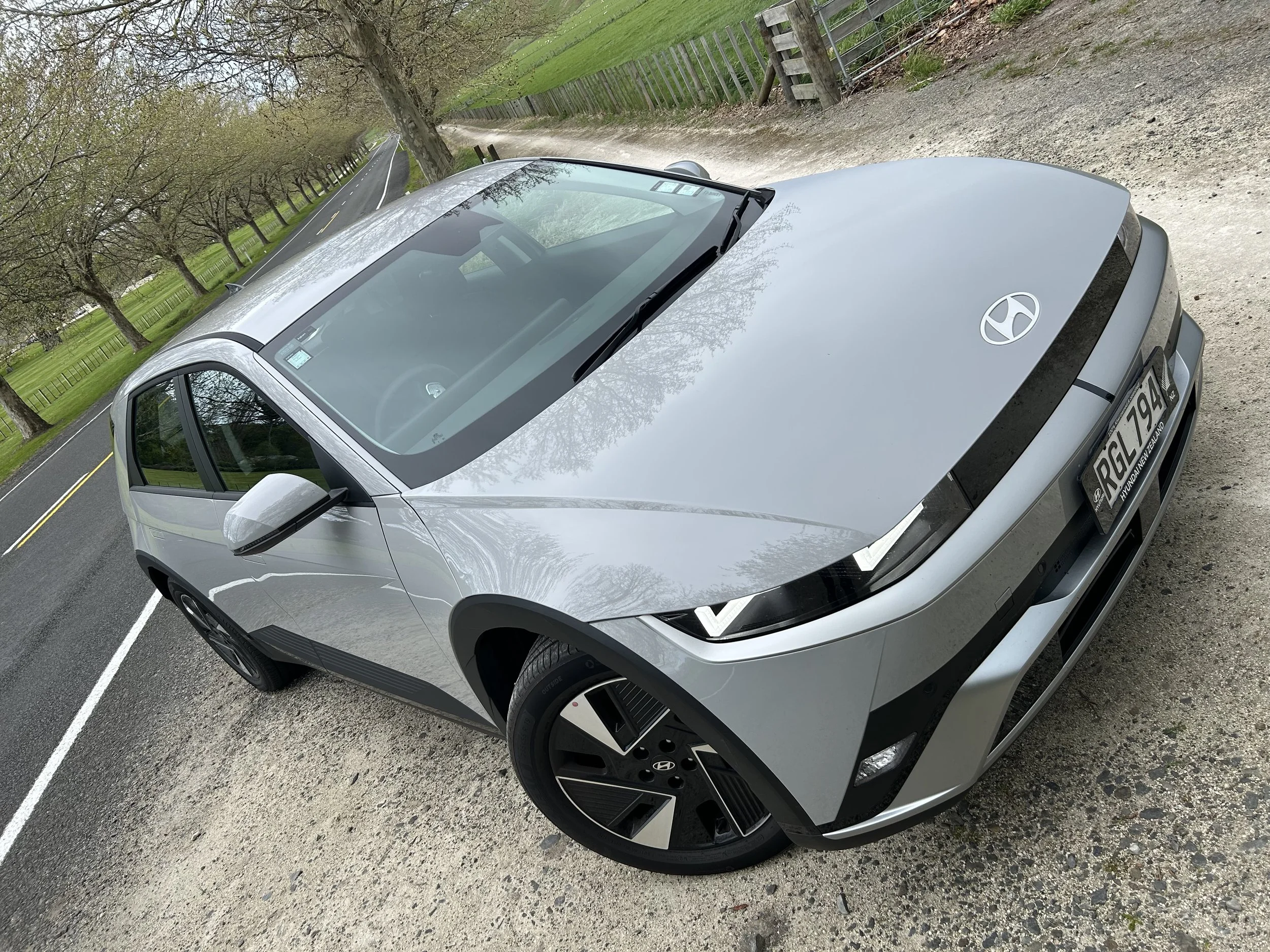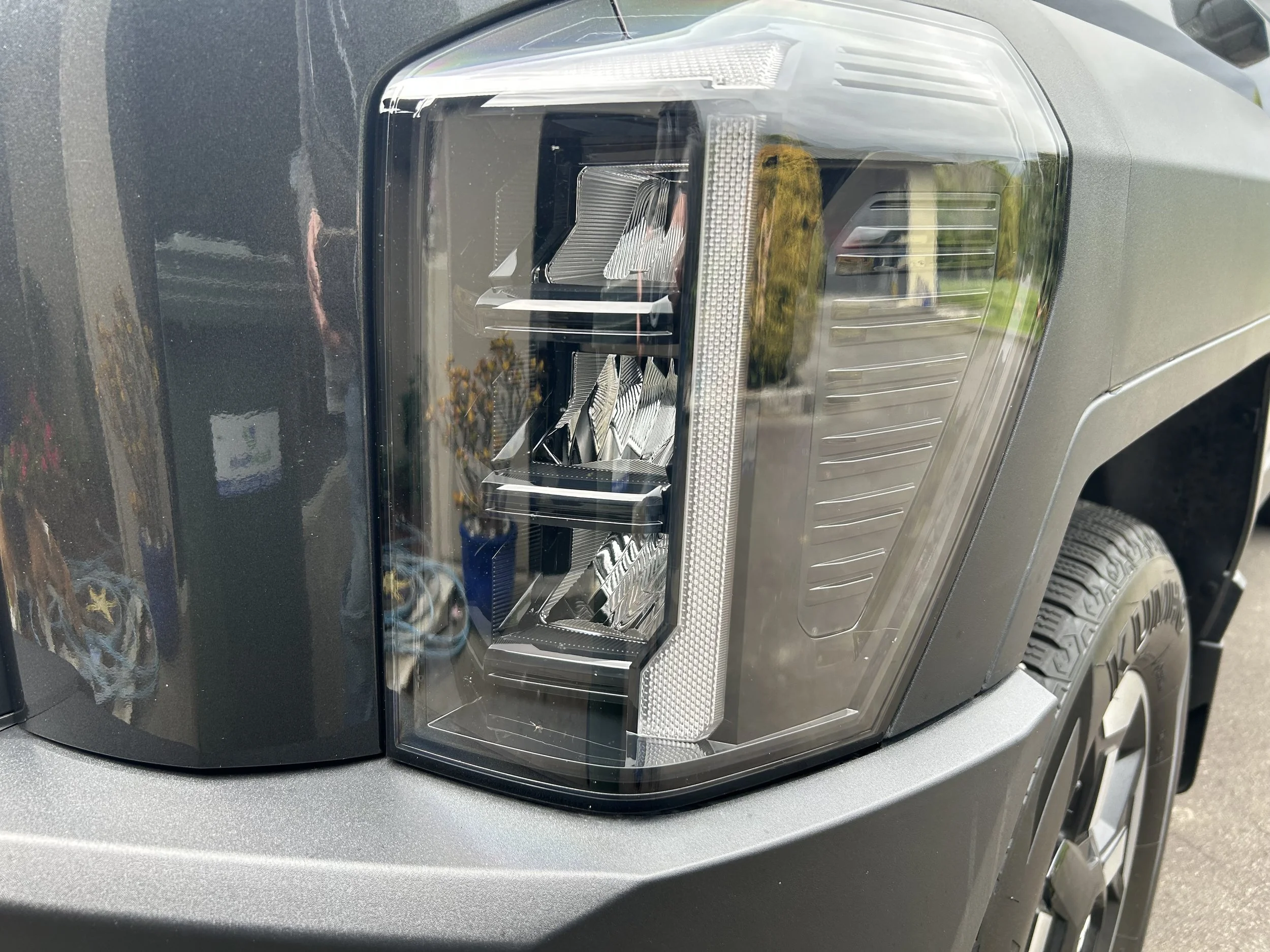Full self drive gets new name, same old criticism
/In China, FSD has been relabelled ‘intelligent assisted driving.’ Does that make it any better?
MIGHT the controversial driver assistance suite Tesla offers as an expensive option here - regardless it cannot be activated - take the less colourful name it has adopted in a key international market?
Tesla has been required to rebrand its much-slammed Full Self-Driving navigation tech as Intelligent Assisted Driving in China.
Some international industry commentators have now begun to ask if the hugely-embattled Elon Musk-run make might also like to consider this less inflammatory descriptive as a global uptake.
In any event, the tech has still not overly impressed Chinese authorities nor users there, not least after the latest trial of its capabilities was abandoned early, because of embarrassing fails.
In writing about a case of new name, same old issues, one of China’s automotive news websites, New Autopost, reported: “With the Chinese government's technical regulations and a series of traffic violations, Tesla's technological credibility in the world's largest electric vehicle market is being shaken.
“As China is known as a global battleground for autonomous driving technology, this incident cannot but be a painful mistake for Tesla.”
FSD/IAD software only reaches level 2 autonomy - meaning systems can control steering, acceleration and braking, but not beyond point where a driver has to remain attentive and can take control at any time.
The quality of FSD’s operability when that caveat is ignored has long been under scrutiny elsewhere, notably in the United States where it has often found wanting in respect to inconsistent performance and safety concerns.
The big irk is that Tesla - and Teslarati - have habitually done little to detune impression FSD has ingredients to be a fully autonomous driving tool.
Concerns about it being lamentably unable to be that good have been raised for years.
These elevated when Tesla detuned its system by putting total reliance on cameras, which many industry involvers say are much less reliable when not used in association with radar and lidar. The most remarkable fail test of Tesla’s camera-reliance was publicised heavily in the United States last month, when a Model Y under guidance drove itself into a picture of a road.
The brand has continued with FSD and still actively markets it, including in New Zealand, where in respect to the updated Model Y landing in June it is a $11400 option.
It’s arguable a pointless spend as here it is an option that is inoperative.
FSD is not actually available for use here, on grounds it is “pending development and regulatory approval” for this region.
While NZ regulation is respect to self-driving technology is looser than it is for Australia, the product delivery schedule marries both markets as one and our neighbour’s greater wariness is the determining factor.
China’s wariness of FSD has been growing as many of its home brands begin to roll out more sophisticated systems that have proven to be of greater competence.
Latest types embrace cameras, radars and artificial deep learning software to recognise a vehicle’s surroundings and make complex decisions based on what they see to steer a driver safely along a road.
To highlight the renaming to IAD, Tesla there embarked on a new promotion, a free trial of the suite of assists offered to Tesla owners.
This has ended badly.
What was planned as a month-long demonstration of the equipment was abandoned after just a week.
The plug was pulled when trialists reportedly accrued fines for disregarding certain road rules, mainly driving in bike lanes and making illegal u-turns.
One hapless owner incurred seven fines on a single trip with FSD.
Telsa first quarter deliveries in major markets have been well down on the same period of 2024.
Many say this is a result of the brand facing backlash over chief executive Elon Musk’s politics that has exacerbated weakening demand for an aging lineup, as more rivals in the EV sector present cars deemed to be superior.
Telsa volume in NZ slumped massively last year, when electric vehicle interest was also way down - a marked u-turn after previous three years of impressive growth. It wasn’t the only big name performer to be hammered. BYD also fell massively.
The Model Y comes to NZ from a factory in Shanghai that has slowed production this year because of reduced demand in China and its export destinations.
The five-seater sports utility retained status as the country’s best selling new electric, but with counts that were a shadow of previous annual Tesla tallies here. The Model 3 sedan that it spawned from also lost pace.
A facelift Model Y is coming; Tesla started drumming up sales in January with what it called Launch Series prices. These asked $73,100 for the entry-level rear-wheel drive variant and $83,100 for the Long Range all-wheel drive.
As of last week, both models became subject to a $5200 price cut, to $67,900 and $77,900, respectively. The lower stickers reflect in a lower provision. The Launch Series grades came with additional features, including different wheel stylings and ‘premium’ paint.
The RWD delivers an estimated WLTP range of 466km, accelerates from 0 to 100kmh in 5.9 seconds, and reaches a top speed of just over 200kmh. The Long Range AWD extends the range to around 550km, cuts the 0-100kmh time to 4.3 seconds and shares the same top speed.
Both trims come standard with basic cruise control, blind spot and collision avoidance features, which label as Autopilot. In addition to FSD, there’s an Enhanced Autopilot at $5700.


















